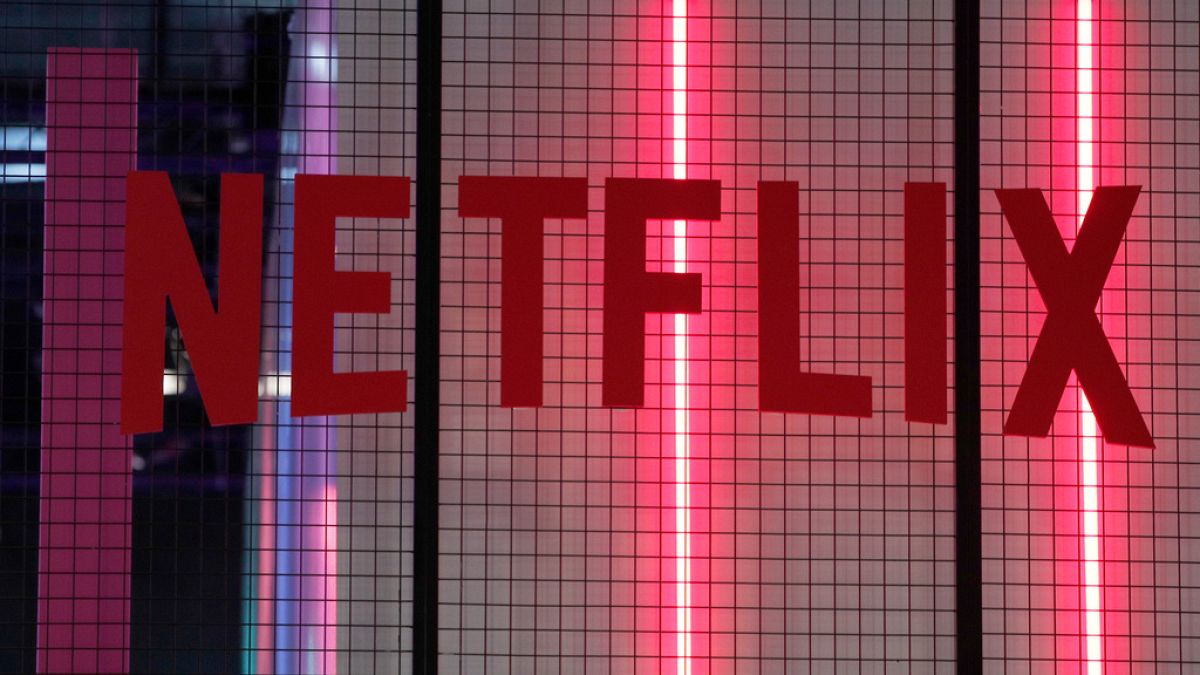Netflix has been running lines from a similar script for the past three years: widening its lead in video streaming while delivering financial results that have easily exceeded the analyst projections that steer investors.
While Netflix’s profit eclipsed Wall Street’s expectations by a wide margin in the April-June quarter, its revenue came in right around the bar set by analysts. The Los Gatos, California, company earned $3.1 billion (€2.7bn), or $7.19 per share, a 46% increase from the same time last year. Revenue rose 16% to $11.08bn (€9.5bn).
Management also slightly raised its revenue forecast for the entire year—between $44.8bn (€38.5bn) and $45.2bn (€38.8bn), up from the $43.5bn (€37.4bn) to $44.5bn (€38.2bn) it had forecast previously. “Our higher forecast primarily reflects the weakening of the US dollar vs. most other currencies, plus healthy member growth and ad sales,” said the statement.
“We’re really incredibly excited about the back half of this year and confident that it keeps rolling in ’26,” Netflix co-CEO Ted Sarandos added.
The weakening dollar boosted the results in the past quarter, too, but as the management was hastily underlining, fundamentals were also supporting it strongly.
“We’ve got healthy member growth, and that even picked up nicely at the end of Q2, a bit more than we expected,” Spencer Adam Neumann, Chief Financial Officer told analysts during a Thursday video conference.
Although he believes Netflix remains “perfectly positioned to keep thriving,” Investing.com analyst Thomas Monteiro said investors were disappointed that the company didn’t boost its full-year guidance for revenue and its profit margins by even more against the backdrop of its accelerating momentum.
Netflix’s shares were down by more than 1.8% in after-hours trading, indicating investors expected an even more robust performance. But that is a minor stumble, given Netflix’s stock price has soared 43% this year. The stock’s strong run began during the second half of 2022 when the company introduced a low-priced version of its service with commercial interruptions as an antidote to an abrupt downturn in subscribers.
The video streaming service is also faring well in Hollywood, as evidenced by the 120 Emmy nominations showered upon its programs earlier this week – second only to HBO Max. In the past quarter, Netflix hailed “Sirens,” “Ginny & Georgia” and “The Four Seasons” as being among its most-watched programming.
The popularity of Netflix’s scripted programming combined with weekly World Wrestling Entertainment spectacles, high-profile boxing matches and periodic National Football League games has enabled its service to retain subscribers while its prices rise, including on the cheapest tier.
Netflix stopped providing quarterly updates on its total subscribers at the beginning of this year, but the company’s revenue growth leaves no doubt that the number has grown from the 302 million reported at the end of 2024.
How Netflix is turning into an advertising magnet
Although Netflix still isn’t selling enough commercials to require a disclosure of its advertising revenue, management continues to highlight the growth in its results. Netflix said its ad revenue for this year is on pace to double from last year.
Unlike most major tech companies, Netflix has had the benefit of peddling a service that so far has avoided being whipsawed by President Donald Trump’s fluctuating trade war.
But Trump has threatened to introduce tariffs on entertainment made outside the US, a move that could hit Netflix especially hard because of its global reach.
In an apparent olive branch for the president, Netflix made the unusual move of citing its commitment to the US in its quarterly shareholder letter. The company disclosed that it had invested an estimated $125bn (€107.6bn) in the US from 2020-2024 and cited sound stages and production facilities in New Mexico and New Jersey as examples of its ongoing expansion in its home country.

